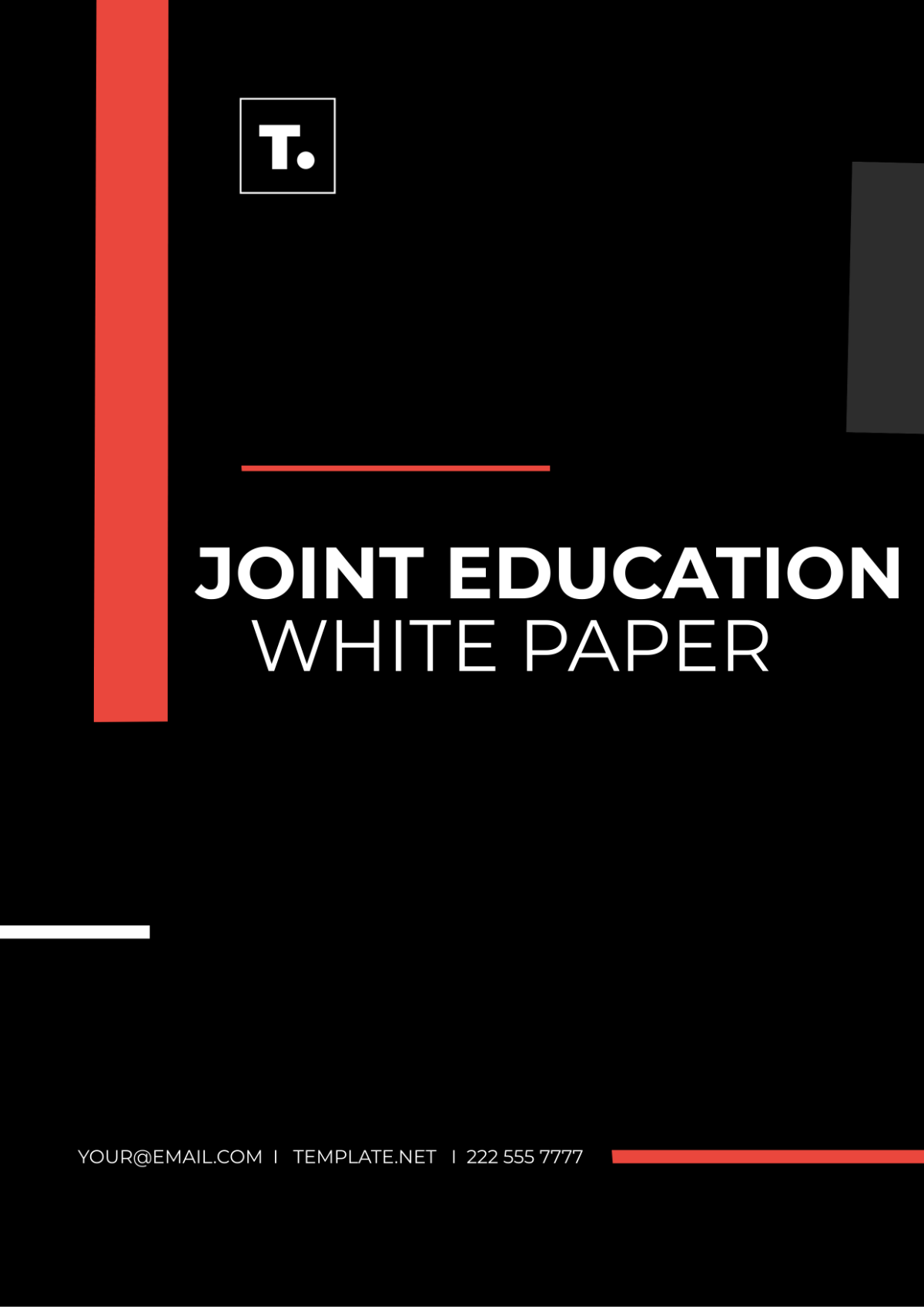Free White Paper

Enhancing STEM Education in Southeast Asia
Prepared by: [YOUR NAME]
Organization: [YOUR COMPANY NAME]
Department: [YOUR DEPARTMENT]
Date: [DATE]
I. Introduction

The Enhancing STEM Education in Southeast Asia signifies a collaborative effort among regional governments and educational institutions to advance STEM education. By modernizing curricula, enhancing teacher training, and developing infrastructure, the initiative aims to prepare youth for the demands of future industries. Key recommendations include fostering cross-border partnerships and integrating cutting-edge technologies into educational practices. This white paper outlines a strategic roadmap to cultivate innovation and empower Southeast Asian youth in the evolving global landscape.
II. Objectives
The primary aims and goals of this white paper include the following detailed points:
Curriculum Modernization: Updating existing STEM curricula to reflect current technological advancements and industry needs.
Teacher Training: Providing professional development programs to empower educators with the latest pedagogical approaches and subject matter expertise.
Infrastructure Development: Investing in state-of-the-art laboratories, technology centers, and educational facilities to support STEM learning.
III. Data Analysis
The present condition of education in science, technology, engineering, and mathematics (STEM) within the nations of Southeast Asia can be effectively measured and understood by examining critical data insights:
Curricular Disparities: Approximately 70% of Southeast Asian countries exhibit variations in the depth and scope of STEM curricula, necessitating harmonization and modernization efforts.
Teacher Shortage: A significant shortage of qualified STEM educators affects over 50% of educational institutions in Southeast Asia, impacting knowledge transfer and instructional quality.
Infrastructure Gaps: Around 40% of rural schools in Southeast Asia lack adequate educational infrastructure, including laboratories and technology-enabled resources.
Technological Divide: The digital divide affects nearly 30% of students in Southeast Asia, particularly in underserved communities, highlighting disparities in access to digital resources.
Workforce Demand: Emerging industries in STEM fields require specialized skills not covered by traditional curricula, with an estimated 80% of job openings demanding advanced STEM competencies.
IV. Recommendations
The subsequent recommendations have been put forward:
Cross-Border Partnerships: Encouraging collaboration among educational institutions across Southeast Asia to share resources, expertise, and best practices.
Technology Integration: Leveraging emerging technologies such as AI, robotics, and virtual reality to enhance the learning experience and foster innovation.
V. Implementation Timeline
The process of putting these recommendations into practice will be conducted according to the following schedule:
Activity | Timeline |
|---|---|
Curriculum Revision and Development | Year 2050 - Year 2052 |
Teacher Training Workshops | Year 2051 - Year 2053 |
Infrastructure Upgrades | Year 2050 - Year 2054 |
Cross-Border Partnership Initiatives | Year 2051 - Year 2055 |
Technology Integration Projects | Year 2052 - Year 2056 |
VI. Conclusion
The Enhancing STEM Education in Southeast Asia is a pivotal step towards nurturing innovation and preparing the youth of Southeast Asia for the challenges of tomorrow's workforce. By fostering cross-border collaborations and embracing cutting-edge technologies, this initiative aims to transform STEM education in the region and drive sustainable development.
For more information, please contact [YOUR NAME] at [YOUR COMPANY NAME] [YOUR COMPANY EMAIL] or visit [YOUR COMPANY WEBSITE].
- 100% Customizable, free editor
- Access 1 Million+ Templates, photo’s & graphics
- Download or share as a template
- Click and replace photos, graphics, text, backgrounds
- Resize, crop, AI write & more
- Access advanced editor
Explore the Joint Education White Paper Template on Template.net. This editable and customizable document is perfect for comprehensive education reports. Easily modify content using our Ai Editor Tool for precision. Customize the white paper to your needs effortlessly. Access to impactful presentations and insightful analysis in the education sector, empowering effective communication of educational initiatives.





























